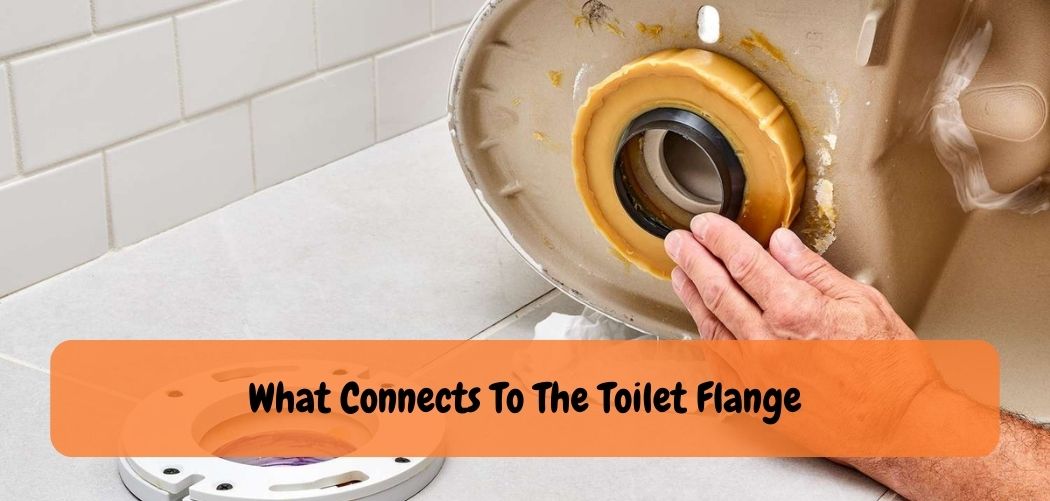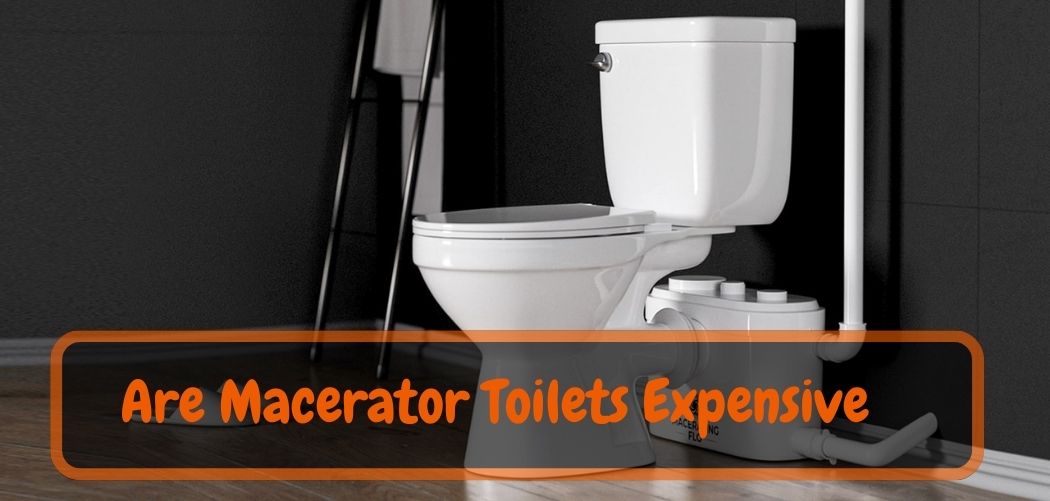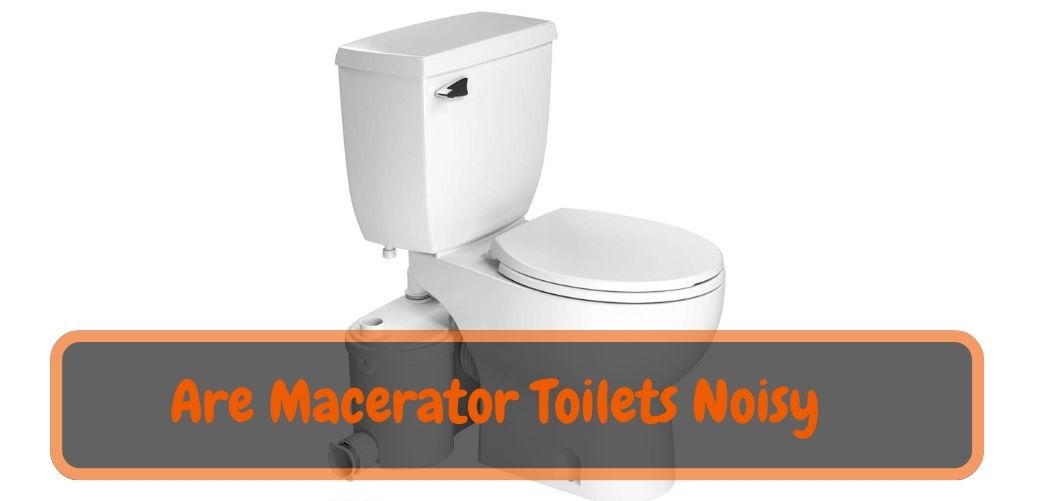The toilet flange connects to the waste pipe, securing the toilet to the floor. A toilet flange is an essential part of any toilet installation.
Behind the scenes of every functional toilet lies a crucial yet often overlooked component known as the toilet flange. While its name may not be widely recognized, the toilet flange plays a vital role in connecting the toilet bowl to the plumbing system. But what exactly connects to the toilet flange?
In this introductory guide, we will explore the essential components that connect to the toilet flange, shedding light on their functions and the significance of proper installation.
The toilet flange, also referred to as the closet flange or plumbing flange, serves as the interface between the toilet and the waste pipe. It is typically a circular, flat, or slightly tapered piece of material.
Usually made of PVC or cast iron, and is securely attached to the floor beneath the toilet. The primary purpose of the toilet flange is to create a watertight seal and provide stability for the toilet fixture.
What Is A Toilet Flange?
A toilet flange is a pipe fitting that connects a toilet to the drainage system. It is commonly made of pvc or cast iron materials. The purpose of a toilet flange is to secure the toilet bowl to the floor and to provide a stable connection between the toilet and the plumbing system.
The toilet flange also creates a tight seal that prevents sewer gases and other debris from escaping into the bathroom. The definition of a toilet flange may vary depending on the type of installation, but it is a crucial component in any toilet installation.
It is essential to choose the correct toilet flange materials to ensure that it can withstand the weight of the toilet and withstand the test of time.
The Easy Guide: Connects to the Toilet Flange
The toilet flange, often overlooked but essential to the proper functioning of a toilet, serves as a vital connection point between the toilet bowl and the plumbing system. While it may seem like a simple piece of hardware.
Understanding what connects to the toilet flange is crucial for ensuring a leak-free and efficient toilet system. In this informative guide, we will explore the essential components that connect to the toilet flange, their functions, and provide valuable insights into proper installation techniques.
1. Toilet Bowl:
The toilet bowl, also referred to as the toilet fixture or commode, is the visible part of the toilet that we use for waste disposal. The toilet bowl sits directly on top of the toilet flange and is secured to it using bolts and nuts. The shape and design of the toilet bowl allow for effective waste collection and transport.
2. Wax Ring:
A wax ring is a key component that creates a watertight seal between the toilet bowl and the toilet flange. It is typically made of a moldable wax or wax-like material, and it is placed on top of the toilet flange before the toilet bowl is installed.
When the toilet bowl is bolted down onto the flange, the wax ring compresses and forms a tight seal, preventing leaks and odors from escaping.
3. Toilet Bolts and Caps:
To secure the toilet bowl to the toilet flange, toilet bolts are used. These bolts are inserted through the holes in the toilet flange and extend upward through the base of the toilet bowl. Nuts are then tightened onto the bolts, ensuring a secure connection.
Plastic caps are often placed over the bolts to provide a finished appearance and to protect against injury or damage from exposed bolts.
4. Closet Bend and Waste Pipe:
The closet bend, also known as the toilet bend or toilet waste pipe, is a curved pipe that connects the toilet flange to the main waste line or sewer pipe.
It is responsible for carrying waste and wastewater from the toilet bowl to the main plumbing system for proper disposal. The closet bend is typically of PVC or cast iron and is securely connect to the toilet flange using a coupling or glue design for the specific pipe material.
5. Flange Extension Rings (Optional):
In some cases, when the toilet flange sits too low due to a thicker floor or tile installation, flange extension rings. These rings are place on top of the existing toilet flange to elevate its height.
Allowing for a proper connection with the toilet bowl. Flange extension rings are available in various thicknesses to accommodate different flooring situations.
Proper Installation Tips:
- Ensure that the toilet flange is securely attach to the floor, either by screwing it into the subfloor or using adhesive.
- Position the wax ring on top of the toilet flange before placing the toilet bowl. Ensure it is center and properly aligne with the flange.
- Carefully lower the toilet bowl onto the wax ring and align the bolt holes on the base of the bowl with the holes in the flange.
- Insert the toilet bolts through the flange and base of the bowl, then tighten the nuts evenly to secure the bowl. Avoid over-tightening, as it can crack the toilet bowl.
How Does A Toilet Flange Work?
Toilet flanges are a crucial component in maintaining the functionality of your toilet. The installation of a toilet flange is an essential process that should done correctly. Connecting the toilet to the flange is straightforward, as it requires only attaching the wax ring to the flange.
Common problems with toilet flanges include rust and misalignment, leading to leaks and unpleasant odors. Troubleshooting these issues may require replacing the flange or hiring a professional to fix the problem. Proper installation and regular maintenance can prevent issues with toilet flanges.
Types Of Toilet Connections
Toilet connections come in several types, including wax seals and rings, flange bolts and washers, and t-bolts and gaskets. These pieces connect the toilet to the floor and the pipes. Wax seals and rings create a watertight seal between the toilet and the toilet flange.
Flange bolts and washers secure the toilet to the floor through the flange. T-bolts and gaskets provide stability to the toilet and secure it to the flange. Proper installation of these components is necessary to ensure proper function and prevent leaks.
Checking toilet connections periodically and replacing any damaged components is essential to maintaining the integrity of the toilet and avoiding costly repairs.
How To Choose The Best Connector For Your Toilet
When choosing the best connector for your toilet, there are several factors to consider. Compatibility with the toilet flange is crucial to ensure a proper fit and prevent leaks. Each type of connector has its pros and cons, so weigh them carefully.
A wax ring is inexpensive but needs to replace every few years. Flexible connectors are easy to install but can restrict water flow. Metal connectors are durable but can corrode over time. Pvc connectors are affordable and easy to install, but they may not fit all toilet flanges.
Ultimately, the best connector for your toilet depends on your particular situation and personal preferences.
Common Issues With Toilet Flange Connections
Toilet flange connections can suffer from various issues, including leaks, looseness, corrosion, cracks, and blockages, which can lead to inconvenient and unhygienic situations in the bathroom. Leaking flanges can create a foul odor and even damage the flooring beneath the toilet.
Loose connections can cause the toilet to wobble or even detach from the flange, leading to water or sewage spills. Corroded flanges can weaken and break, compromising the entire plumbing system. Cracks in the flange can cause similar issues, and blockages can obstruct the flow of water and waste, causing backups and water damage.
It’s essential to hire a professional plumber to perform regular inspections of your toilet’s flange connections and address any issues promptly to avoid potential hazards.
Frequently Asked Questions Of What Connects To The Toilet Flange?
What Is A Toilet Flange?
A toilet flange is a circular component that connects the toilet bowl to the drainpipe and forms a seal with wax rings.
How Do You Install A Toilet Flange?
Clean the old flange and install a new wax ring. Secure the new flange with screws to the subfloor.
Can A Toilet Flange Be Install Above The Floor?
Yes, a toilet flange can installe above the floor using extenders or repair plates. However, it’s not recommend.
What Type Of Screws Should I Use To Secure The Flange?
Use stainless steel screws with flat heads to secure the flange. Do not use drywall screws as they will corrode over time.
Can A Toilet Flange Leak?
Yes, a toilet flange can leak due to a damaged or worn wax ring, a cracked flange, or an improper seal between the flange and toilet bowl.
Conclusion
To summarize, the toilet flange is an essential component of any bathroom plumbing system. It connects the toilet bowl to the ground and ensures a tight seal between the two. Having a properly install flange is crucial in preventing leaks, odors, and even water damage.
Understanding the different materials used to make flanges and their installation requirements is critical when selecting the appropriate flange for your bathroom. Whether you’re replacing an existing flange or installing a new toilet, it’s essential to get professional help to ensure its proper installation.
It’s always better to invest in quality toilet flanges to avoid frequent repairs and replacements. Hence, proper maintenance and regular inspections are necessary to ensure your toilet flange functions correctly and efficiently for many years to come. Remember, a small flange can make a big difference in the longevity of your bathroom fittings.










